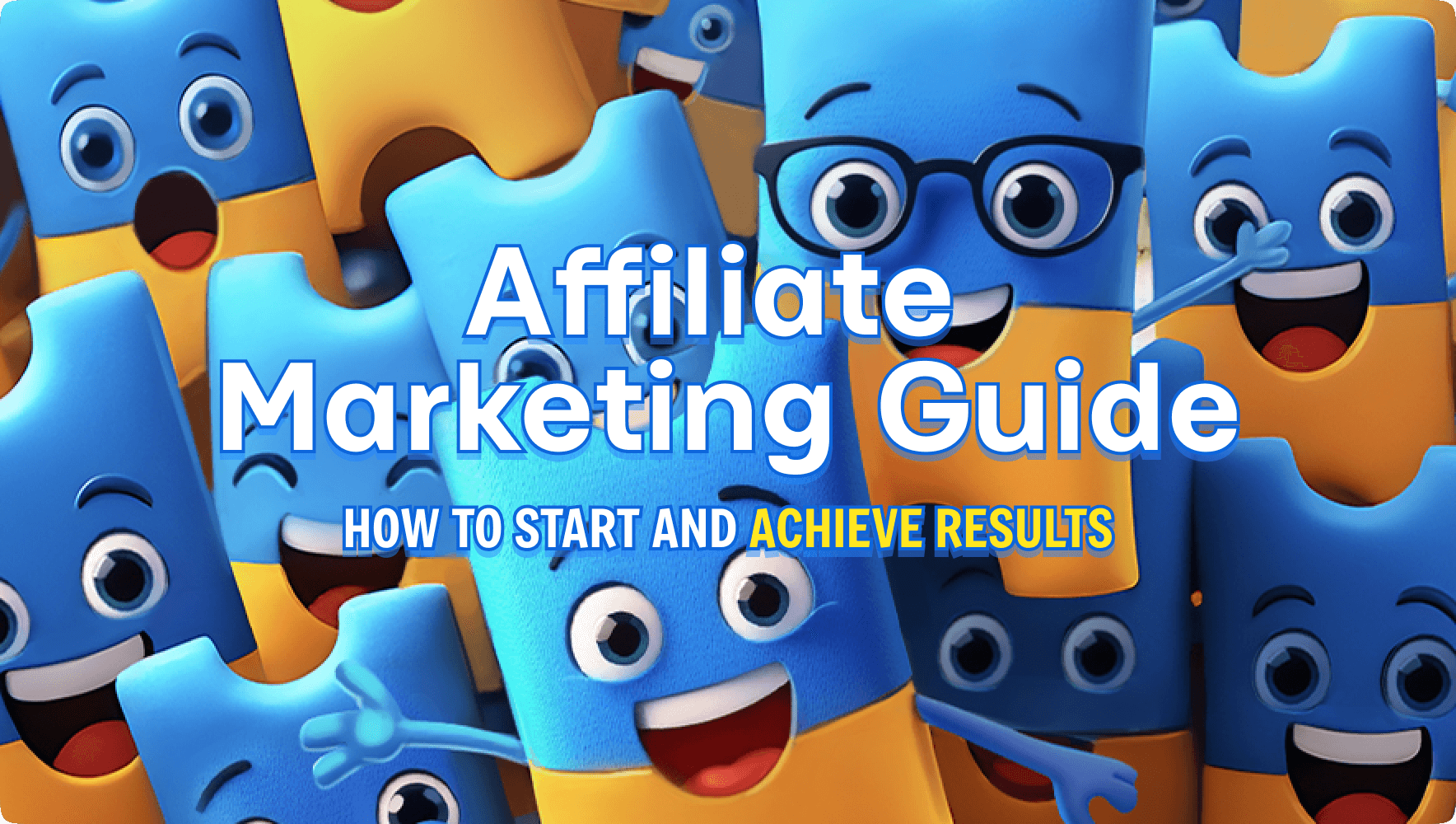Gamification Mechanics and Elements in Marketing
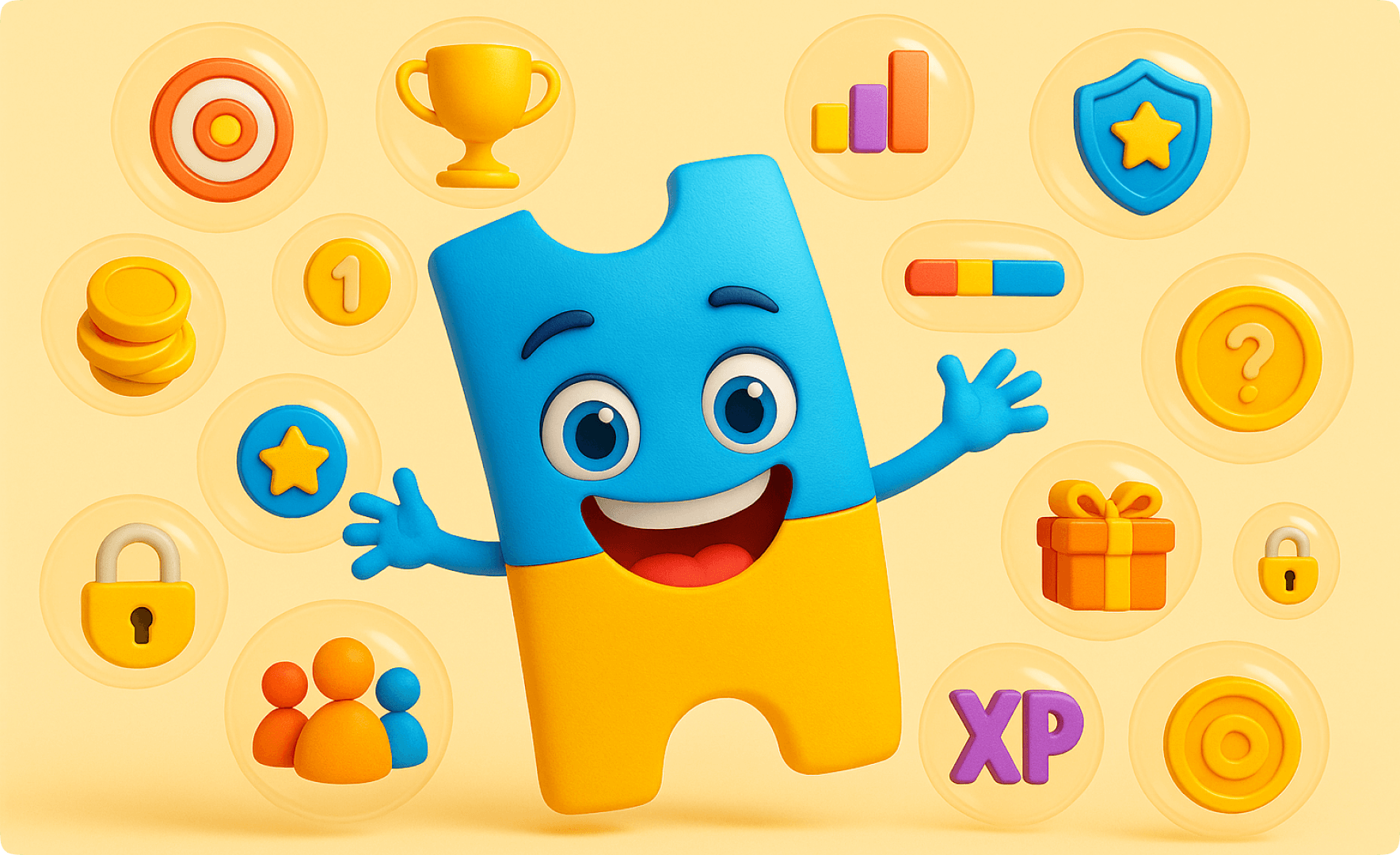
Influencing human motivations, decisions, and behaviours has always been a critical question for most organizations, from governments to schools to companies. In this guide, we discuss one of the most efficient and least coercive ways to make people do things they haven’t been planning. We talk about adding gamification mechanics and elements into various human activities as a method to motivate certain behaviour and suppress other activities.
If you aren’t familiar with the term, here’s a quick overview.
Gamification is the process of turning serious activities into games with different purposes. One of the key purposes is to make the activity less tedious for participants and motivate certain actions. This process heavily relies on the psychology of gaming in humans and has proven to be successful in various areas, including entertainment, education, marketing, and even ecological initiatives.
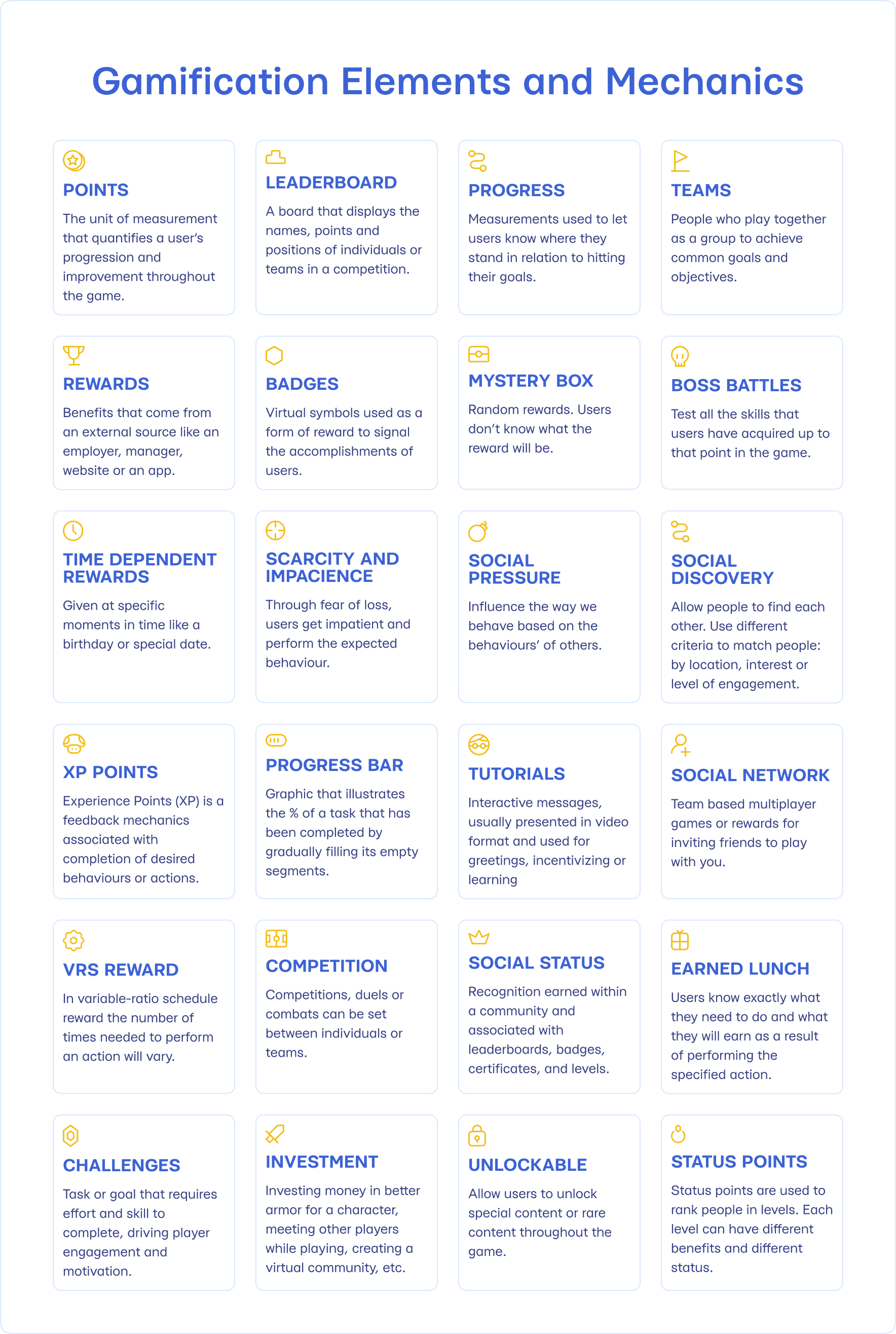
Example of Gamification Game Elements.
In this guide, we’ll mostly focus on the application of different gamification mechanics and elements in marketing, mobile apps, and video games. You’ll learn:
- What are gamification elements and mechanics?
- What gamification game elements exist?
- How do gamification mechanics work?
- What are the benefits of gamification features in apps?
- How to integrate gamification mechanics with Winday?
How Gamification Elements Can Improve Campaigns
Check out practical ways to use points, badges, and leaderboards for growth. See Winday’s gamification in action.
book a personalized demoWhat Are Gamification Elements and Mechanics?
Gamification mechanics are features that fuel the user’s interest in the product through fun and interactive design. Examples of such can be quests, levels, and progress etc. They can be a great way to boost users’ satisfaction with the product and engage them in marketing activities of your company.
Gamification elements are similar to mechanics, in a way; however, in this case, the user interacts with them directly. There are lots of different elements, you can learn more about them if you scroll further down, we’ve dived deeper into the details there. Briefly mentioning them, we can use examples like: points and score systems, achievements, rankings, and many more things that can give your product a spark of entertainment.
All of those proved to be successful with well-known brands. All of them created unforgettable experiences using said gamification elements. Without a doubt, they helped them gain new loyal customers and reassure their older clients of the company’s quality. Now that you understand the gamification elements meaning, let’s take a look at several examples.
IKEA made the process of getting furniture memorable, adding something exciting to what, at first glance, may seem like a standard and boring procedure of buying new things. Because what is better than a new shelf? A new shelf that you built with your own hands.
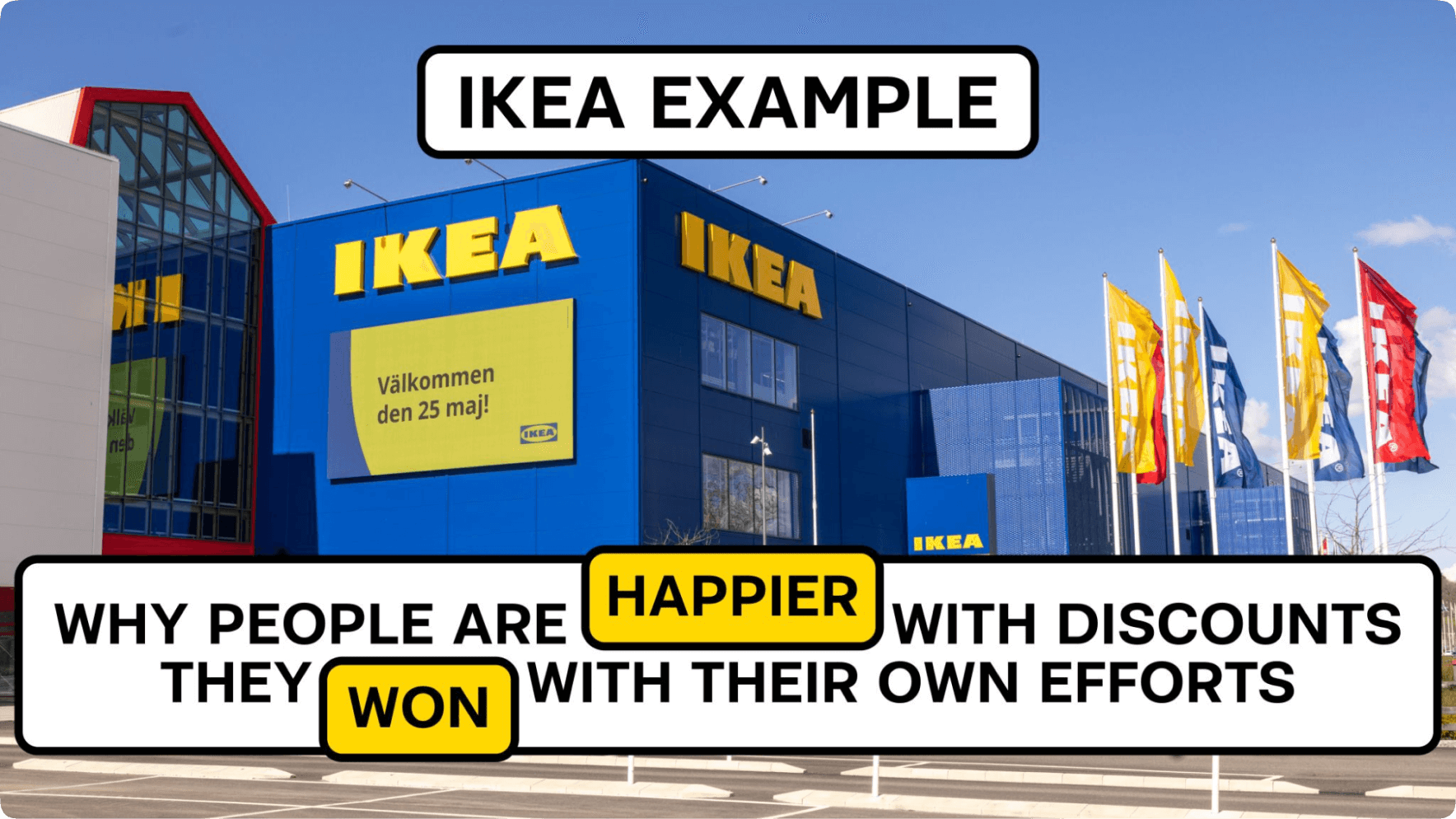
Example of Ikea adding gamification game elements.
Shaking got a new, exciting meaning with this brand! Coca-Cola introduced their “Shake it!” campaign in Hong Kong and made shaking phones during ads an interesting lottery where you win prizes and discounts.
And many, many more. McDonald’s turned their purchases into a game of Monopoly, L’Oréal took their training to a whole different level, and Temu exploited urgency as a cruel but effective tactic to encourage more purchases.
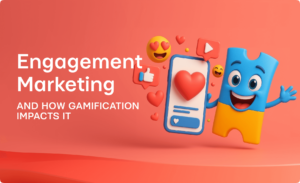
Key Gamification Elements
In this section, we discuss the most impactful elements of gamification along with its applications, real-world examples and suggestions for the best practices. You will learn how to incorporate these elements in games and non-gaming settings, like marketing campaigns and education.
Points & Score Systems
Explanation
One of the most widespread features of gamification, Points and scores are a great way to make your clients feel like they have achieved something by engaging with your platforms. Using this will make your platform or site seem like a journey to gain something greater than just purchased products. Receiving points for simple, mundane tasks is a very sweet and engaging gesture.
Application
Making a system with all of those points and scores may seem like a hard job, but it’s actually simpler than it may seem. For example, you need customers to be satisfied with their current purchases and be driven to buy even more. Why not give them a little reward for spending their money? Make them feel like they’ve done something more than spending money by giving them scores.
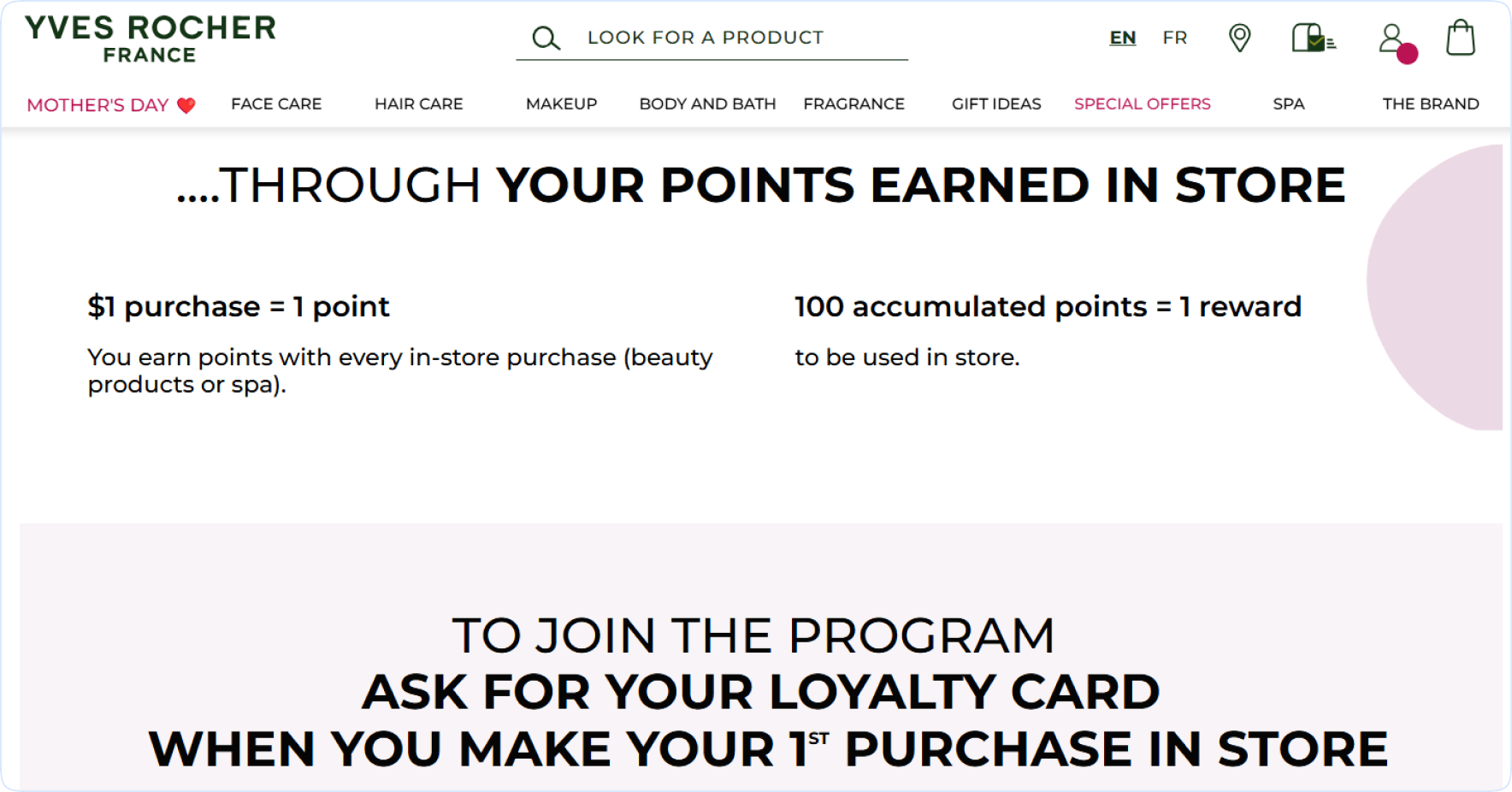
Yves Rocher uses points for customer retention.
Examples
A cosmetics and skincare brand, Yves Rocher, uses a system of exchanging points for rewards. During a first purchase, a customer may choose to create an account linked to their phone number. This way, they can input it next time they buy something from the store, and their account gains new points. Later, those points can be exchanged for discounts or/and rewards. This is not an uncommon practice, which only proves its effectiveness. Another popular example is Starbucks loyalty program that uses points.
Best practices
Of course, you have to rationalize your point distribution. Make sure you don’t give out too much, otherwise it won’t be beneficial for the company, but also don’t give too little so that the customers actually feel thrilled and excited.
Badges & Achievements
Explanation
All humans like titles, that is for sure. We love to feel special and unique; it boosts our ego and fuels our pride. Providing customers with that sense of uniqueness is what makes your brand special to people. Badges make users feel like they are actually important. Giving out different achievements is something that fills our hearts with a sense of satisfaction. An adventure where the customer is the main character. It is what people like, what encourages them to continue using your platform in order to gain more achievements, badges, and different statuses of the customer.
💡 Did You Know?
Badges were the first recorded example of gamification features in education. It was introduced in 1908 for Boy Scouts.
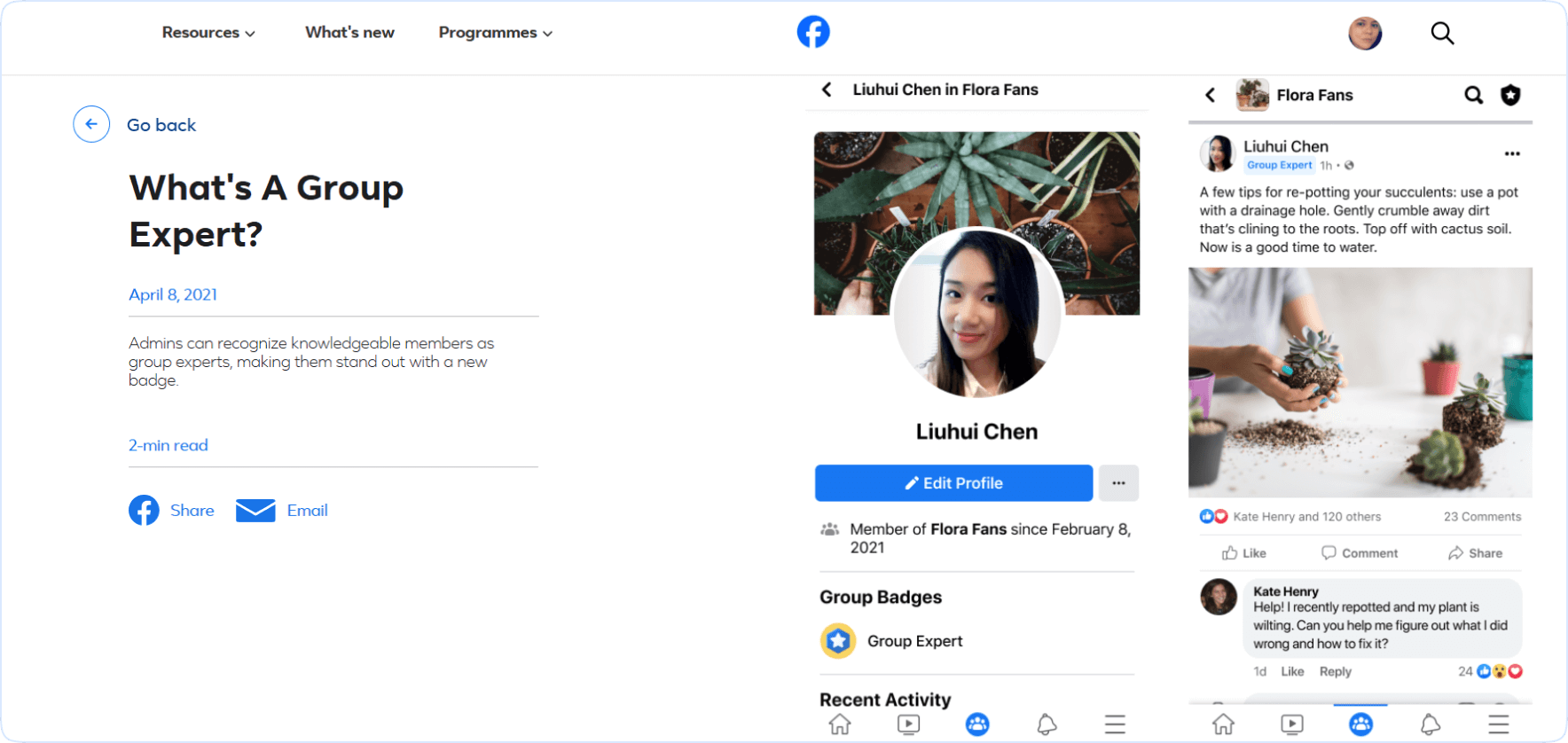
Facebook enables different badges in FB groups to boost people’s participation in the group. These include: Admins, Moderators, Contributors (Rising, Top, All-stars), and Group Experts. It helps other members to understand whose post they are reading and who they are talking to in comments. It also boosts badge-owner pride.
Application
Great way to add gamification in apps. You create a certain “hierarchy” among the clients. The more things they do, the higher they move, their titles multiply, and they become more significant. For engaging with different features of your company, the user earns achievements. They are basically check-boxes of different things to do in the game, and when you do them, you feel like you’ve completed something.
Examples
All games, in one way or another, use the system of achievements. For example, the game Minecraft has a ton of different tasks you can complete. They vary in difficulty; the more difficult it is to complete, the more time you spend playing the game. Simple as that.
Best practices
Make sure you don’t overdo it. Too many achievements may feel overstimulating and too much pressure, which will only push people away.
Leaderboards & Rankings
Explanation
A great way to add gamification in apps, leaderboards are a type of system that grades users on how much they use the product/play a game/ make purchases, etc. There are many ways you can make this. For example, introducing a limited-time event can boost engagement. During this event, you can encourage customers to participate and give them a system of ranks, the more they do the higher they are in the rank.
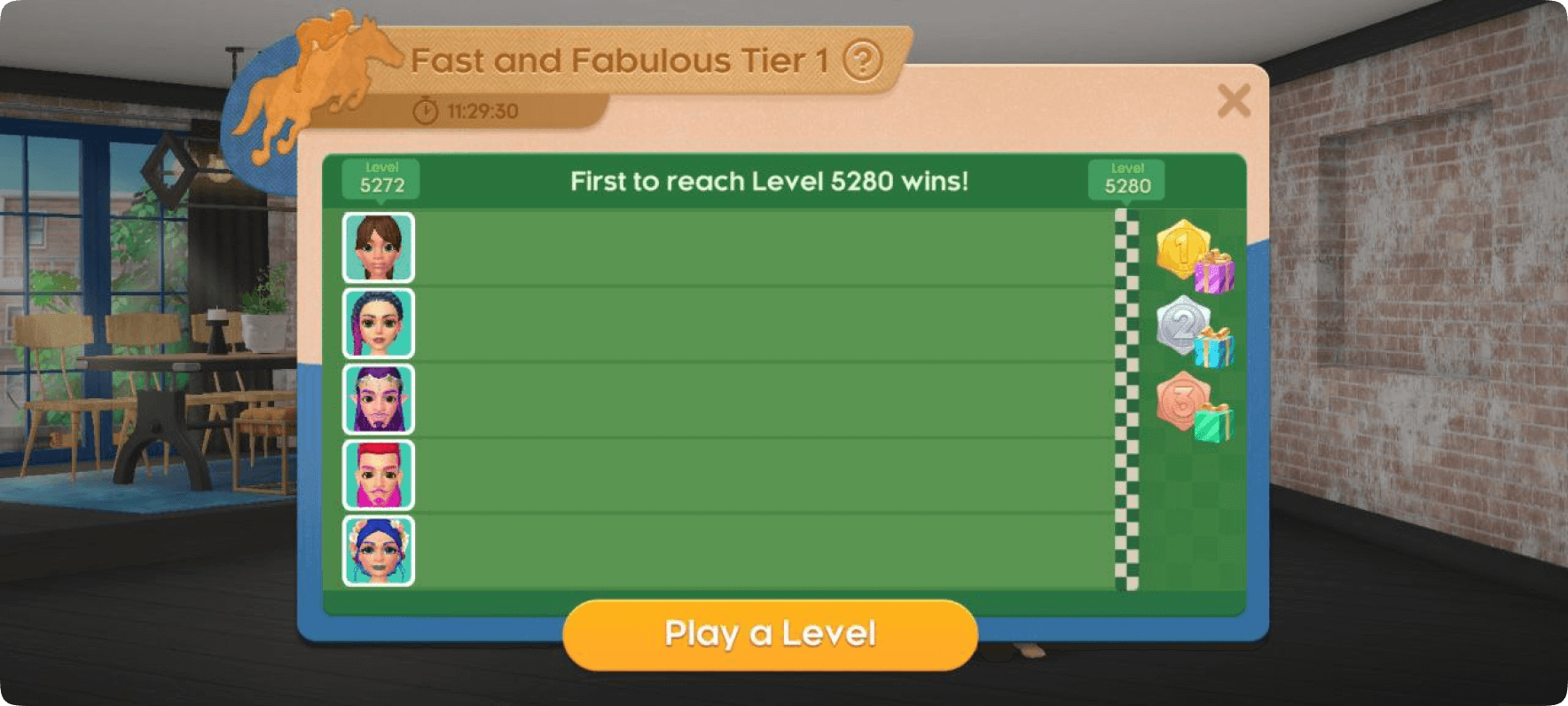
An example of a situational Leaderboard in a popular mobile game Project Makeover. Players are offered to compete with each other and get prizes for winning 1st, 2nd, and 3rd place.
Application
Put your clients in a system where they are marked based on how much they engage with your platforms. Make them compete against each other. People love competing, and what they like even more is the pride they feel after winning. The highest places in the rank may come along with things like special privileges or/and rewards.
Examples
If you are a part of any Facebook group, you may have noticed that there is a ranking of the most active members. That is a typical example of a ranking system. It encourages people to spend more time on social media like Facebook, which means more engagement on the platform.
Best practices
Your leaderboards have to be fair, otherwise, it may cause disappointment in the participants. Use segmented leaderboards like skill-based events or friends-only.
Levels & Progression
Explanation
Progression is one of the most popular types of features of gamification, and may be one of the most important things in any game. This way, the user feels like they are moving forward and changing. It is a key part of making things fun and exciting for the player. A pill against boredom, so to speak. A game needs to change with time, as the user moves through the story, gains more loot, becomes more powerful, and theoretically influential.
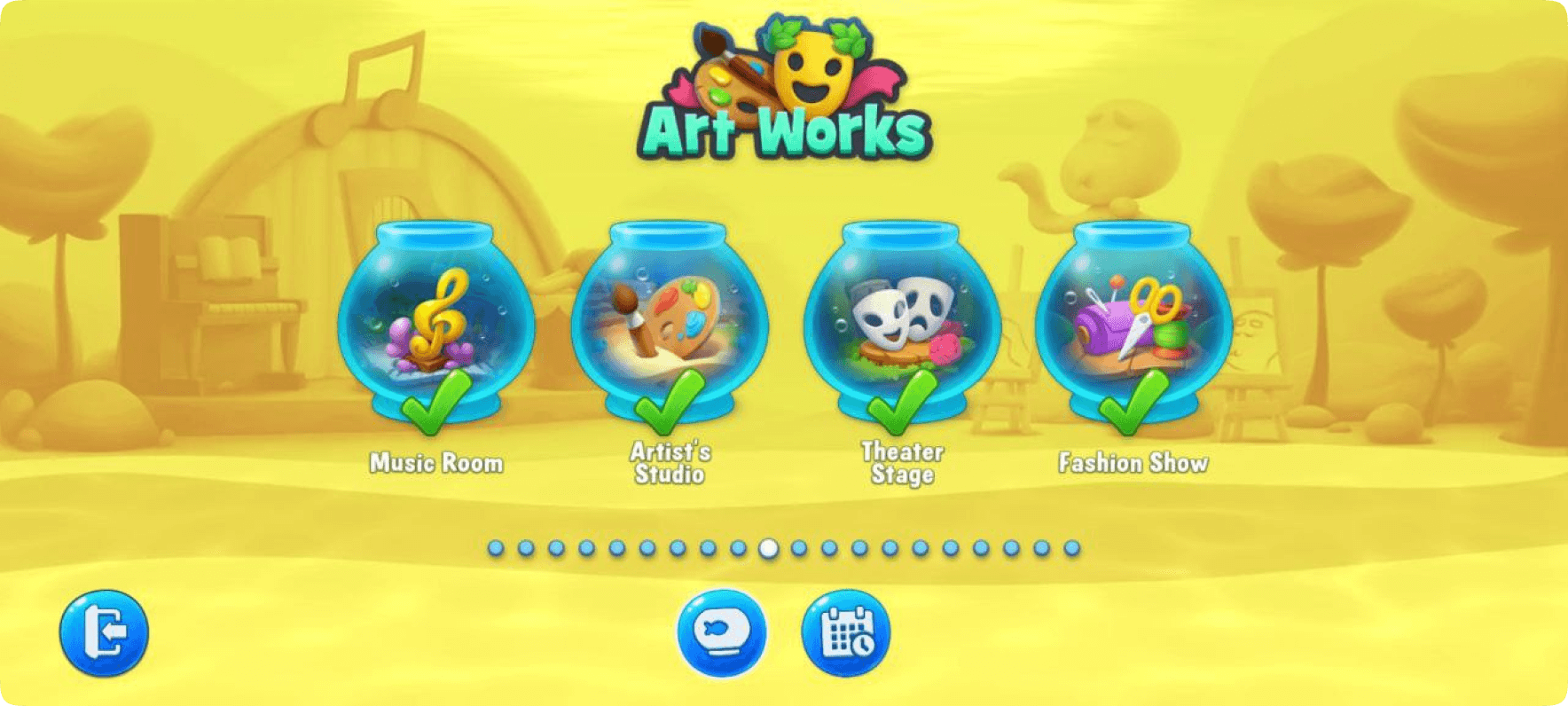
Level progression example in a mobile game. Each level is a different world that players can decorate with items and fish. They acquire in-game money by completing the match-three.
Application
Create a step-by-step ladder or a staircase of levels. In this, the user can complete challenges and missions in order to progress. With more things done, the player gets access to more features of the platform, unlocking more areas. Congratulations, you have turned the plain and boring experience into an adventure!
Examples
One of the most known gamification elements examples is Google Play. It has different levels that you can reach by playing mobile games installed from the Google Play Store. Just link your account to your Google account, and voila, you can now have levels linked to your account that will stay with it forever, like a badge of honor.
Best practices
Not a lot of people like actual difficult challenges. Take it slow and easy with your customers. Increase the difficulty as the player progresses, ensuring that it’s adequate to the player’s abilities. Otherwise, you may encounter a phenomenon called “rage quitting”.
Quests, Challenges & Missions
Explanation
To progress to the next level, the user needs to complete a certain mission or a quest. It is one of the most common and successful features of gamification. To the point that in the game development industry, there is an entire vacancy called “quest designer”. They quite literally design quests for the games to be engaging and fun, and have a proper difficulty. As for the missions themselves, they are tasks that follow a certain order. The higher the user’s level and/or rank is, the more difficult these tasks get.
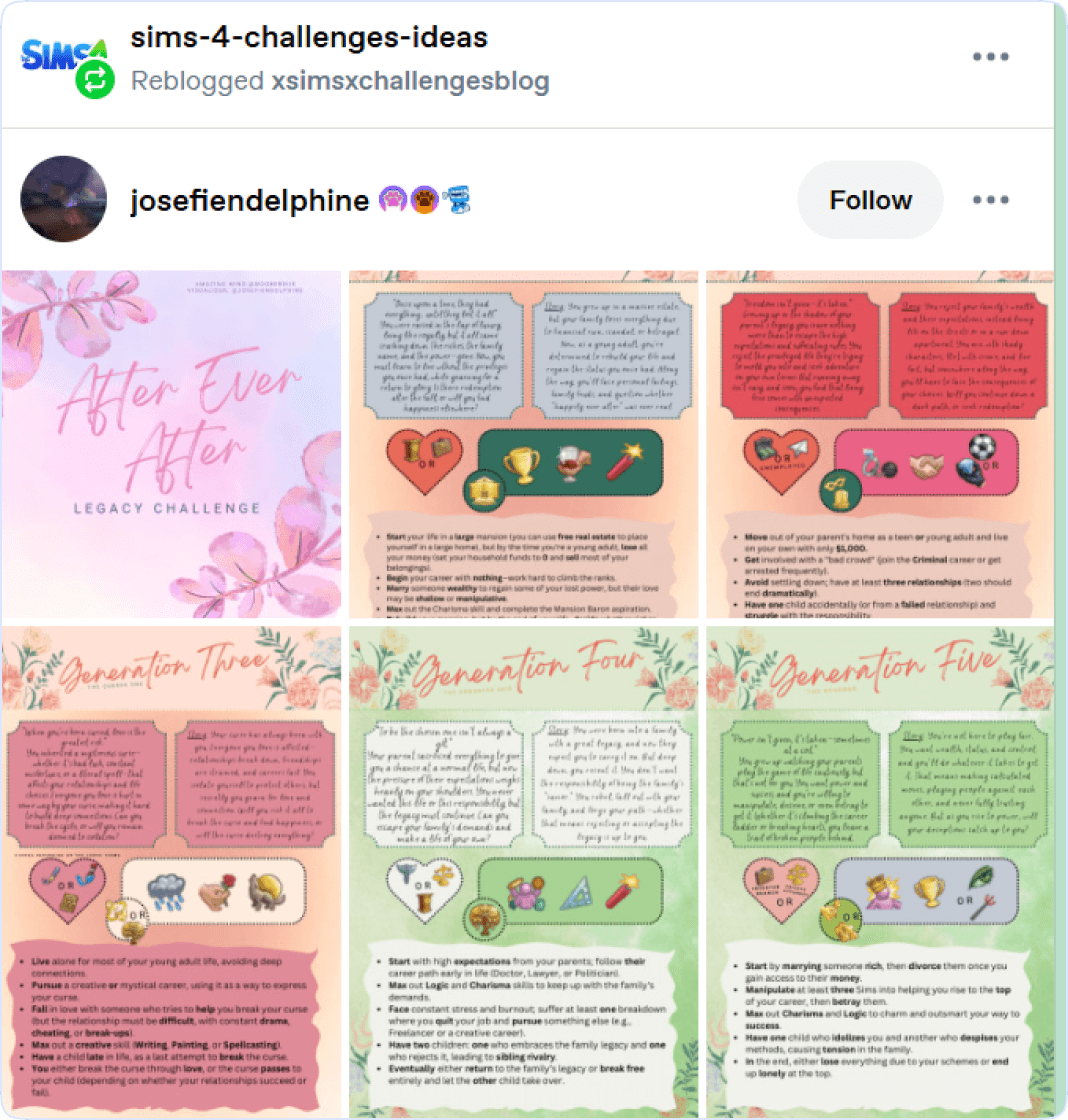
An example of player-created challenges in Sims 4 proves that even a seemingly uneventful life-simulation game can benefit from little story progression, little action, and a lot of drama!
Application
It is not easy to create a logical and entertaining order of missions that also has a suitable difficulty progression. It requires creativity, a certain set of skills, and time. However, creating one is worth it. Quests are fun and very engaging. They guide the user through your game/platform in a way that is both creative and memorable.
Examples
One of the most interesting gamification elements examples in a game is the quests in Horizon: Zero Dawn. They are consistent and logically connected to one another, which is both satisfying and impressive. The missions in the game do a great job of telling the story of the world and the main character, Aloy. This game is a great example of very good narrative and quest design.
Best practices
It’s good to use both limited-time missions and permanent main/side quests. In the case of limited-time events, they are a great way to boost engagement using a well-known tactic called “time pressure”. However, when said time runs out, some users can feel disappointed or even angry that they can’t engage with the platform anymore. That is why it is good to have permanent guests to prevent them from quitting.
Virtual and Physical Rewards or Prizes
Explanation
Rewards are important for successful user engagement, that’s why it’s a popular element of gamification in apps and games. Therefore, it is important to add prizes for your customers. The prizes may be things that only apply to digital features of your company, like virtual currency, if you have any, points, unlockables, etc. Or they can be real-life rewards like discounts.
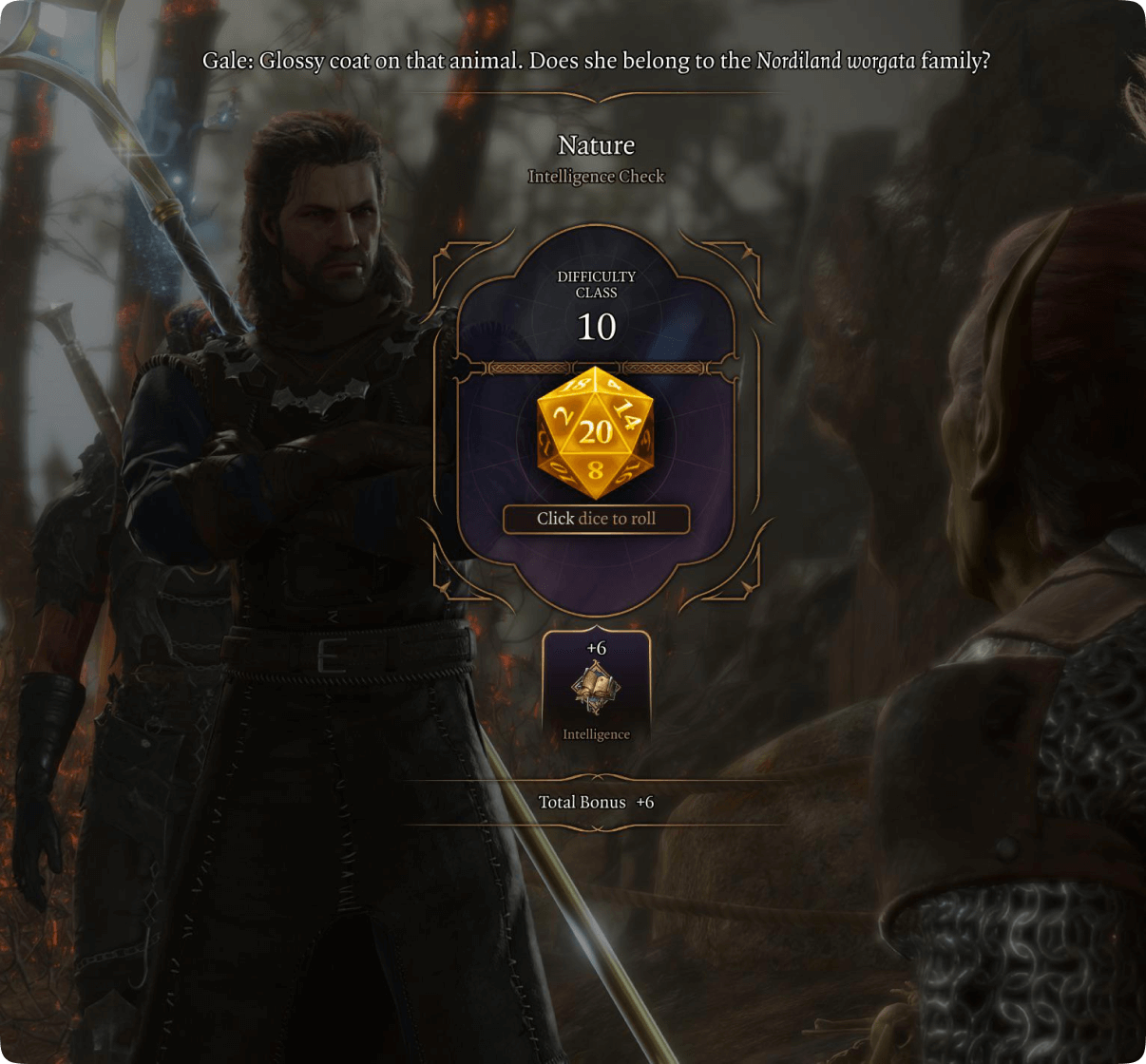
The legendary Golden Dice is awarded in Baldur’s Gate 3 to any player who has completed the game at the ultimate difficulty level (Honour Mode).
Application
It is widely used for gamification in mobile apps. The more rewards the user gets, even smaller ones, the more dopamine the winner’s brain produces. It hints at having even more rewards in the future, which boosts the customer’s engagement, fueled by a promise of gaining more if they use the company’s platforms in the future. The rewards don’t have to be huge. For example, give a customer a coupon that, when they use it, they will receive [number of virtual currency]. Customer conversion will certainly increase once the user realises that it’s beneficial for them to maintain that kind of loyalty.
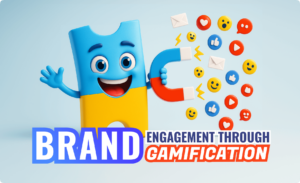
Examples
In mobile games, rewards are often presented in the form of digital currency. “Souls”, for example, gives the player a lot of rewards each time they log in, complete main or side quests, or participate in the event. This type of rewards system is satisfying and pleasant for the user at the same time. When playing, one might be excited to see what kind of things they will get in the future, what kind of prizes they receive once the next monster is defeated.
Best practices
The advice for all of the previous mechanics applies here as well. You have to find the golden middle, and once you do, you have to maintain that balance. Make sure that the rewards are meaningful to the customer, but don’t give them too much as well.
Streaks & Habit Formation
Explanation
Have you ever bought a cup of coffee and gotten a special streak card from the coffee shop? The promise is quite simple: come back later, buy coffee, and get your card stamped. Once you’ve bought a predefined number of caffeine potions, you get the next one for free. That’s how streaks’ gamification features work.
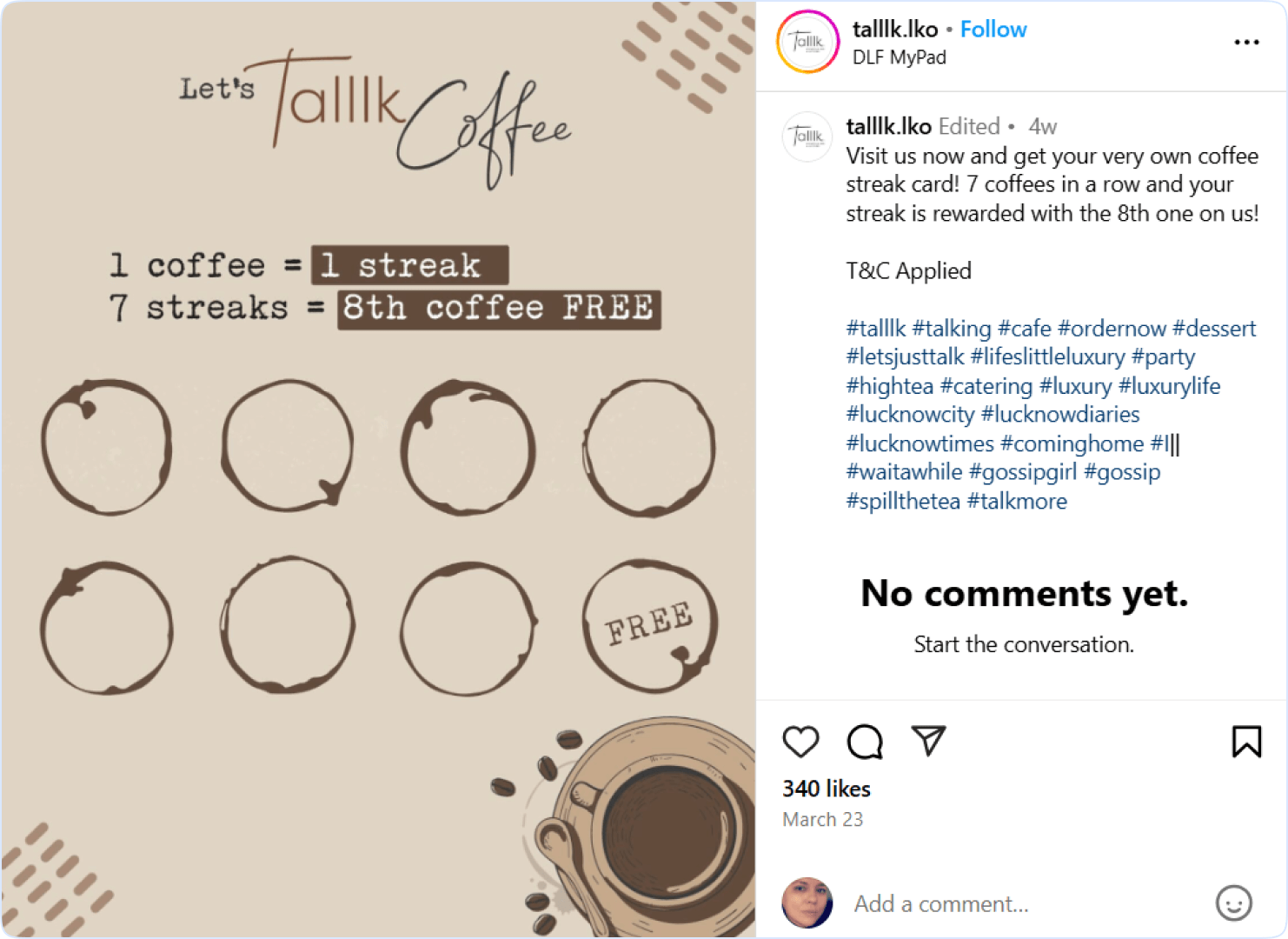
An example of a coffee streak card – hard to say no for humans who live on caffeine.
Application
The main areas of application are retention. Streaks form habits as well as play without fear of losing the prize that is promised at the end of the streak. In areas where the coffee shops are plenty and have to fiercely compete with one another, making a person come back for more cups for an extended amount of time or in one day can boost your sales.
In games, streaks boost people to continue playing the game and purchase in-game items to help players win (and thereby not to lose the streak).
Examples
Many applications use streaks to help users when they struggle to retain a consistent experience. For example, Duolingo and Headspace create streaks to help people continue learning a language and performing meditation practices, respectively.
Best practices
Boost your streak with recovery options, but make it a tradeoff. For example, to prevent people from losing their streak cards, you can ask them for their contact information and then use this contact data to send your marketing offerings. When it comes to applications, you can ask your users to invite their friends, who will help you stay on streak with some joint activities. In this case, you’ll get a new prospective client.
Social Interaction & Multiplayer Elements
Explanation
Everything’s better when you don’t have to do it alone – is something we constantly hear. Socializing is an important part of the life of the majority of people and a way to maintain society’s structure. By adding the multiplayer feature, you can ensure that your clients don’t have to use your platform on their own. They can invite their friends, family, and loved ones. This element is also great because your clients can share your product with other people, which means potentially even more users engaging with your game/platform and buying your products.
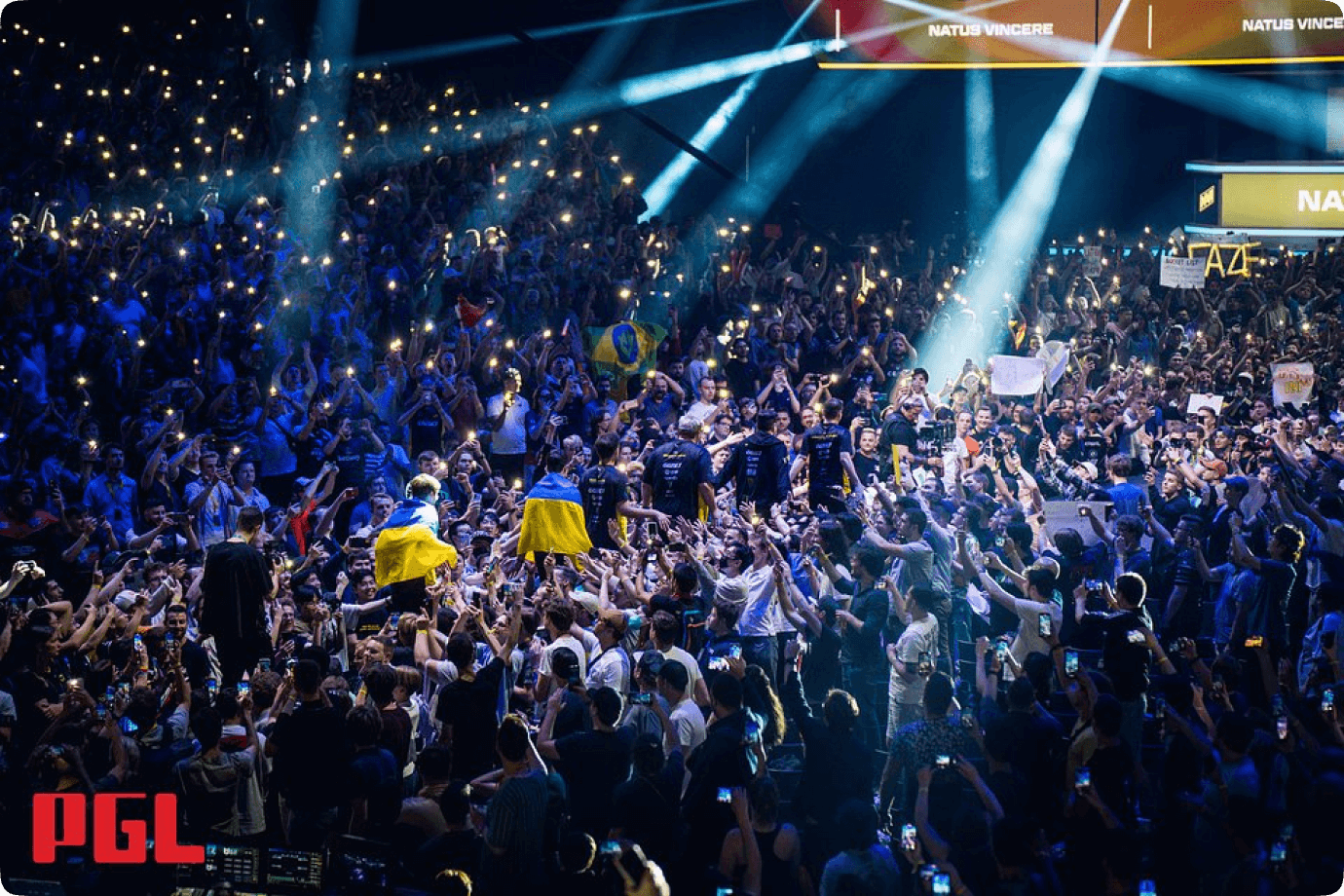
Some games with multiplayer options became so popular that their tournaments are held in large sports arenas. In the screenshot above, a CS:GO team of one of the most popular eSports clubs in the world, NaVi, is ascending to the stage before the match at PGL Antwerp Major.
Application
Some of the quests and missions can only be possible with a friend, for example. That is a good way to encourage social interaction between the players. Or maybe in certain missions, teams of 2 or more can have a slight advantage. You can also create special rewards that are only obtainable if you work with a teammate. There are many ways to incorporate social interactions in your game, just make sure that it’s balanced.
Examples
Kahoot gains more popularity, especially amongst younger generations who study in schools. Colorful online tests with catchy tunes are a fun way to learn. One of the reasons for its success is the possibility of working in teams. It works great in a setting where there are a lot of children in the classroom, and individual tests are not as beneficial as teamwork. It also engages teamwork and interaction between the classmates, which is also a plus. If it works for Kahoot! It can work for your company as well.
Best practices
Just make sure that whenever you add social features to your platforms, they are good for teamwork and establishing communities, otherwise, this may not work as efficiently as it would have otherwise.
Personalization & Adaptive Difficulty
Explanation
A couple of years ago, personalization was a pleasant novelty. Today, it’s an essential part of gamification in apps expected of brands by default. Instead of bombarding your potential and existing customers with general products, offer them something they can relate to and will be interested in.
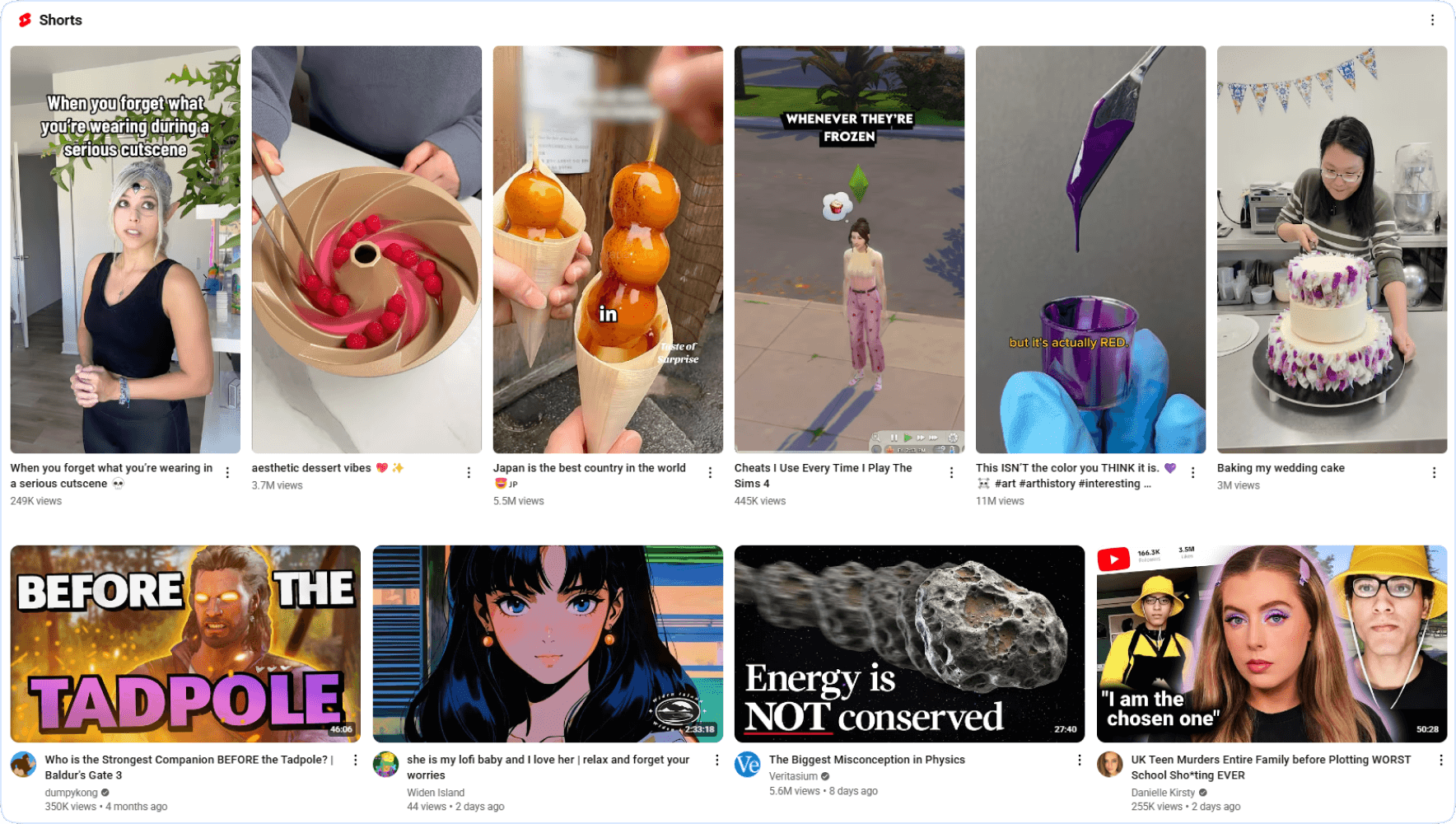
Example of personalization in YouTube, consisting of the user’s favourite games, cute cosplay, true crime podcast, science podcast, desserts, and some relaxing music – all based on what she loves watching on a regular basis.
Application
Personalization boosts conversions and retention, that’s why it’s a popular type of gamification in mobile apps. Instead of doom-scrolling through different products and not finding what they’re looking for, a user gets an immediate suggestion based on their online behaviour (and sometimes off-line behavior if you use geofencing in your brick-and-mortar store).
Examples
Platforms like Netflix and YouTube were pioneers in personalization, offering people to watch content that resembles the content they consume on a regular basis.
Best practices
Use AI-based solutions to find hidden patterns in user behaviour, as well as tracking mechanisms to understand their preferences.
Feedback Loops & Instant Wins
Explanation
Feedback can be a great way of making your client seen and heard. Instant responses create an impression that you have a personal guide helping you on your journey through the app, which creates a more private and intimate bond between the user and the company. It’s also a good look for the company’s efficiency, and users will feel like their journey in the game is being taken seriously.
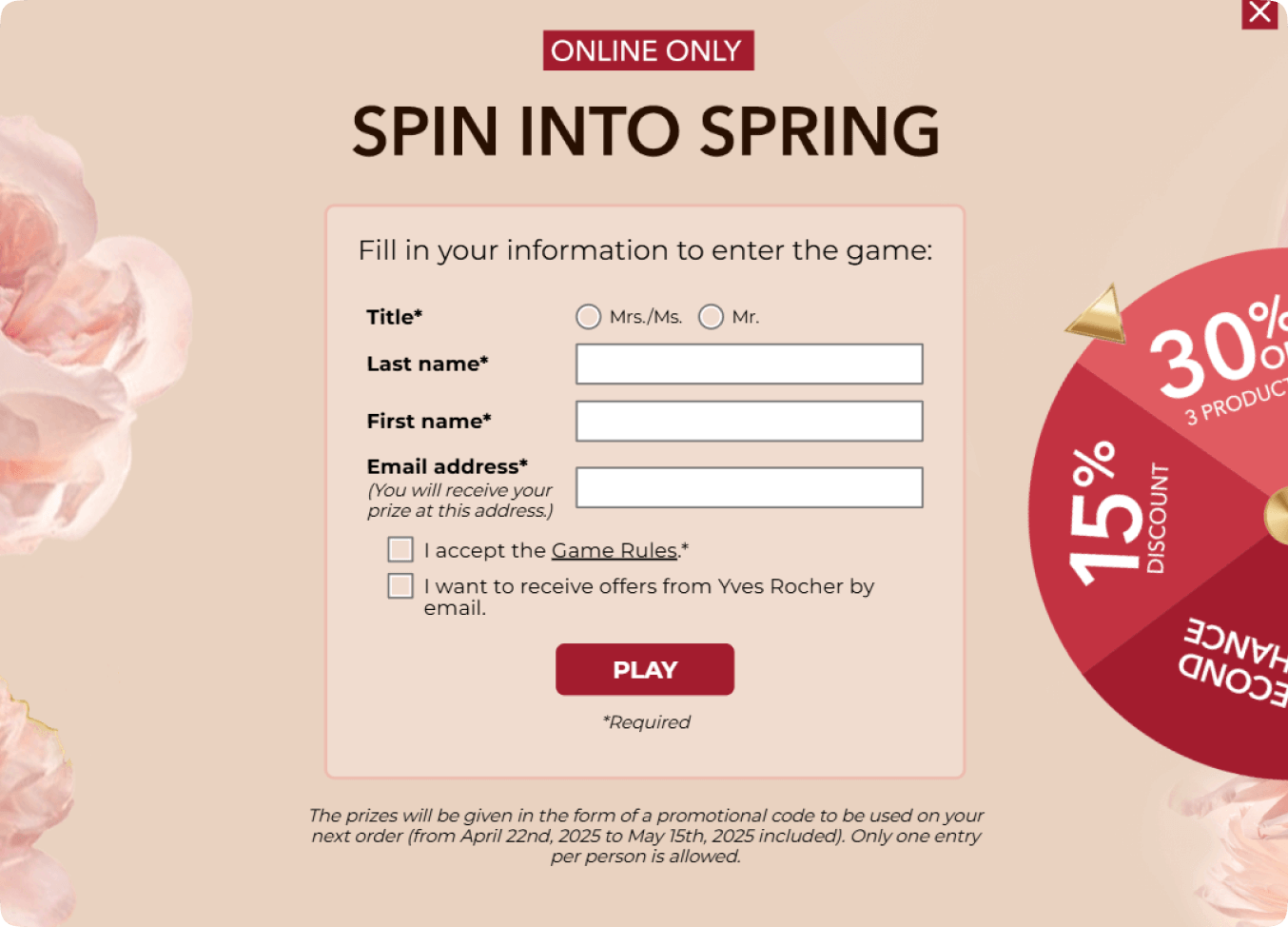
Example of instant gratification on a website.
Application
Monitor your customers’ activity on your platform and the level of their engagement. After they’ve completed one of the tasks you’ve given them, provide them with good feedback, where you congratulate them on their progress and encourage them to keep moving forward.
Examples
SKVOT is an educational platform where you can learn a lot of interesting things. While participating in one of their courses you can submit your own homework in a comfortable way. After your lecturers check how you did your job they give you direct feedback and rank you based on how you did. It allows a more personal and in-depth learning style, one that a lot of people are very happy with.
Best practices
Your clients will feel genuine happiness only if the feedback you give them is positive and encouraging. Let them know that they are doing great and that they are valuable to the company.
Unlockable Unique Content
Explanation
As a way to encourage your customers to participate, you can offer another type of reward for their engagement. Unlockable Unique Content might use additional features of your product, which the user can get access to once they’ve spent enough time engaging with your site. It’s one of the most powerful elements of gamification in terms of its impact on gamers.
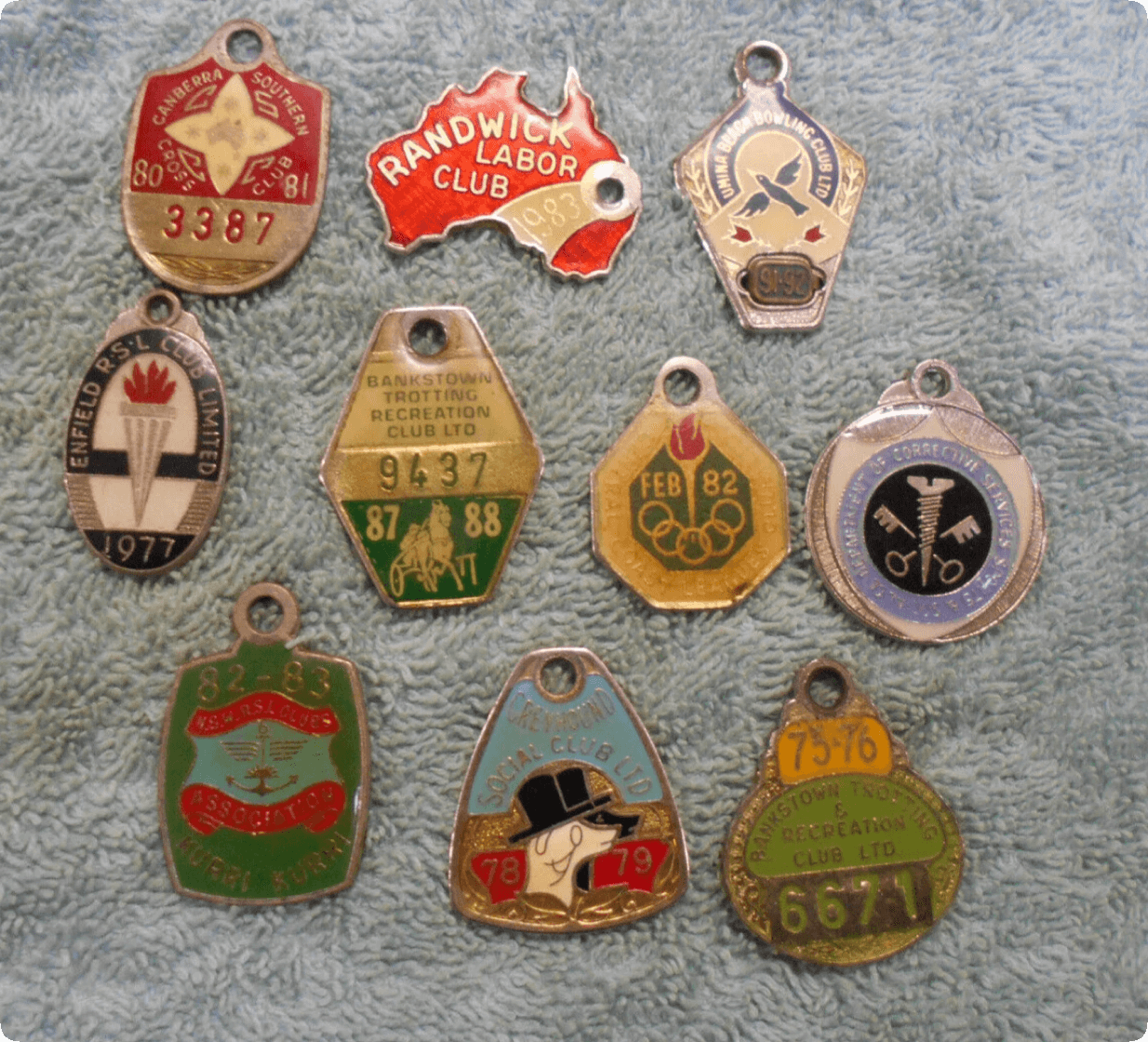
Club members’ badges, the second half of the 20th century, are an example of unique content.
Application
Create extra content that can only be obtained by your client once they reach a certain rank in the marketing system. This content can come along with other rewards that you offer. In games, extra content can look like more playable chapters that further reveal the story or allow players to look at it from another perspective. Or features of the game, such as the ability to customize your avatar, choose another font or sound, etc.
Examples
Mobile game Moth Lake is free; however, if the player wants to, they can buy extra content in the game. If they pay, it unlocks a feature of being able to choose a chapter, as well as no advertisements and additional chapters that unravel the mystery of the game even more.
💡 Did You Know?
One of the first unlockables in games was introduced in Mortal Kombat 1992. Players could unlock a new character there.
Best practices
Apart from having unlockables, you shouldn’t forget free things accessible to everyone. If you overdo this, you might encounter a decline in engagement and in user’s satisfaction with the product.
Choice and Consequences
Explanation
One of the coolest aspects of gamification is the ability to choose which path you take. This is why it is important to offer your clients a variety of choices that they can make themselves. For the user it creates an opportunity to incorporate their individuality in the game, even if it is limited. If their choices actually influence the game and make a difference in the end it is even more thrilling and makes you feel like you’ve made an impact on the story.
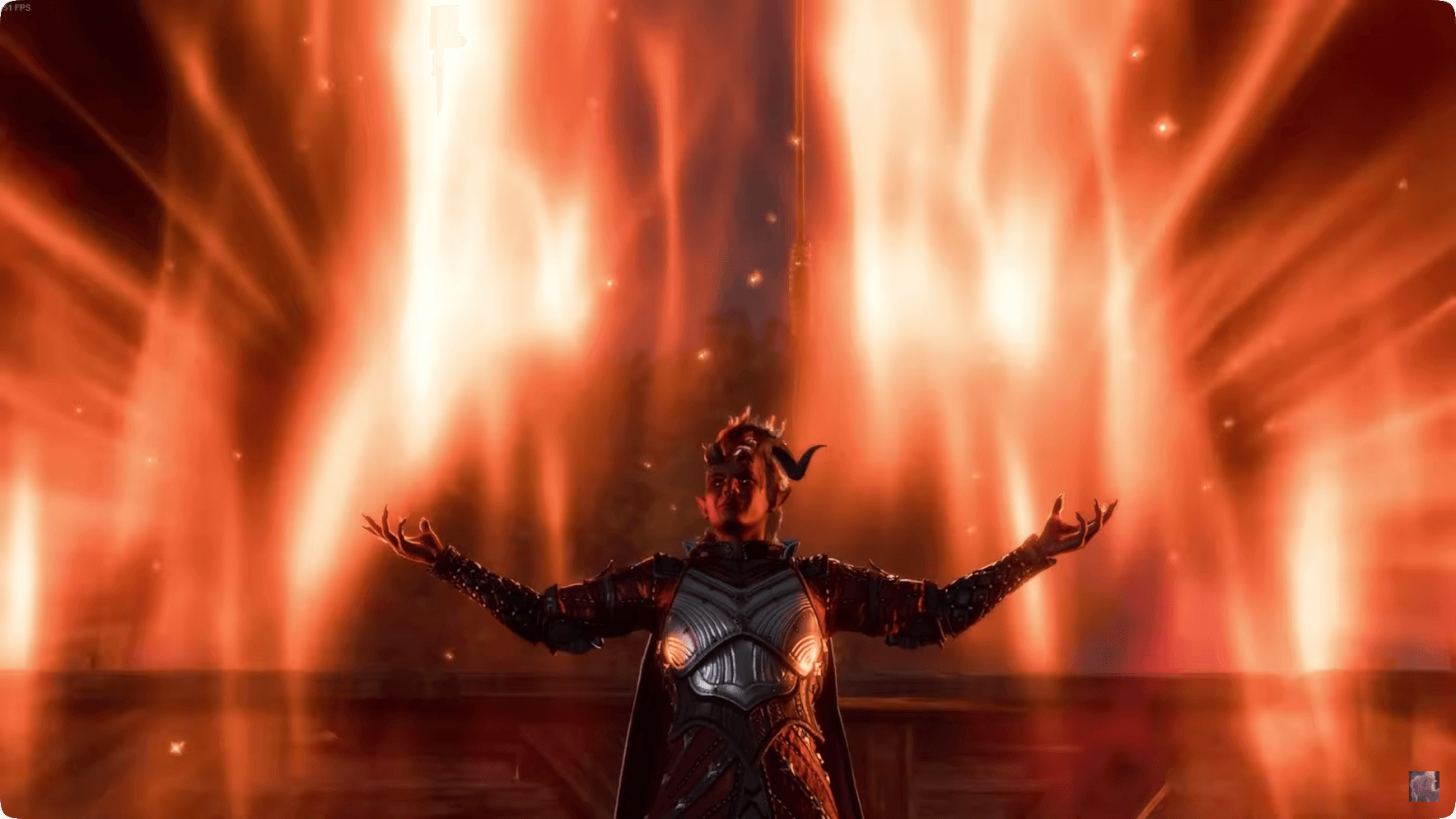
One of the evil endings in Baldur’s Gate 3. The game is known in the community for the plethora of different choices and paths a player can take throughout its three acts. The rumor has it, there are 17K different endings in the games.
Application
Not all games can afford choices and consequences. Frankly, not all games need them, even the story-rich ones. Rusty Lake series has a very unique storyline that spans several worlds, places, and timelines. And yet it’s absolutely linear.
Examples
Mostly, these are A-listers because they can afford creating complex storylines. Examples include The Witcher 3, Read Dead Redemption 2, Life is Strange, Cyberpunk, etc.
Best practices
The most efficient way to add this to your game is by making sure that the choices you offer actually matter and have an impact on the final result. We’ve seen a couple of examples when game designers tried to provide a choice in casual story-driven games (like point-and-click-adventure), but the choice didn’t impact the main character’s life and felt underwhelming.
Earn and Trade Resources
Explanation
As we explained earlier, virtual currency is a good thing to have in your game. But the simple system of rewards doesn’t seem that reliable to your clients. They need an additional way to earn more, which is where earning and trading resources elements of gamification become handy. It’s best to have another feature that allows users to earn, exchange, and buy valuables, such as in-game currency. This way, the customers will have a way to earn your virtual currency points without fearing that their rewards will eventually end.
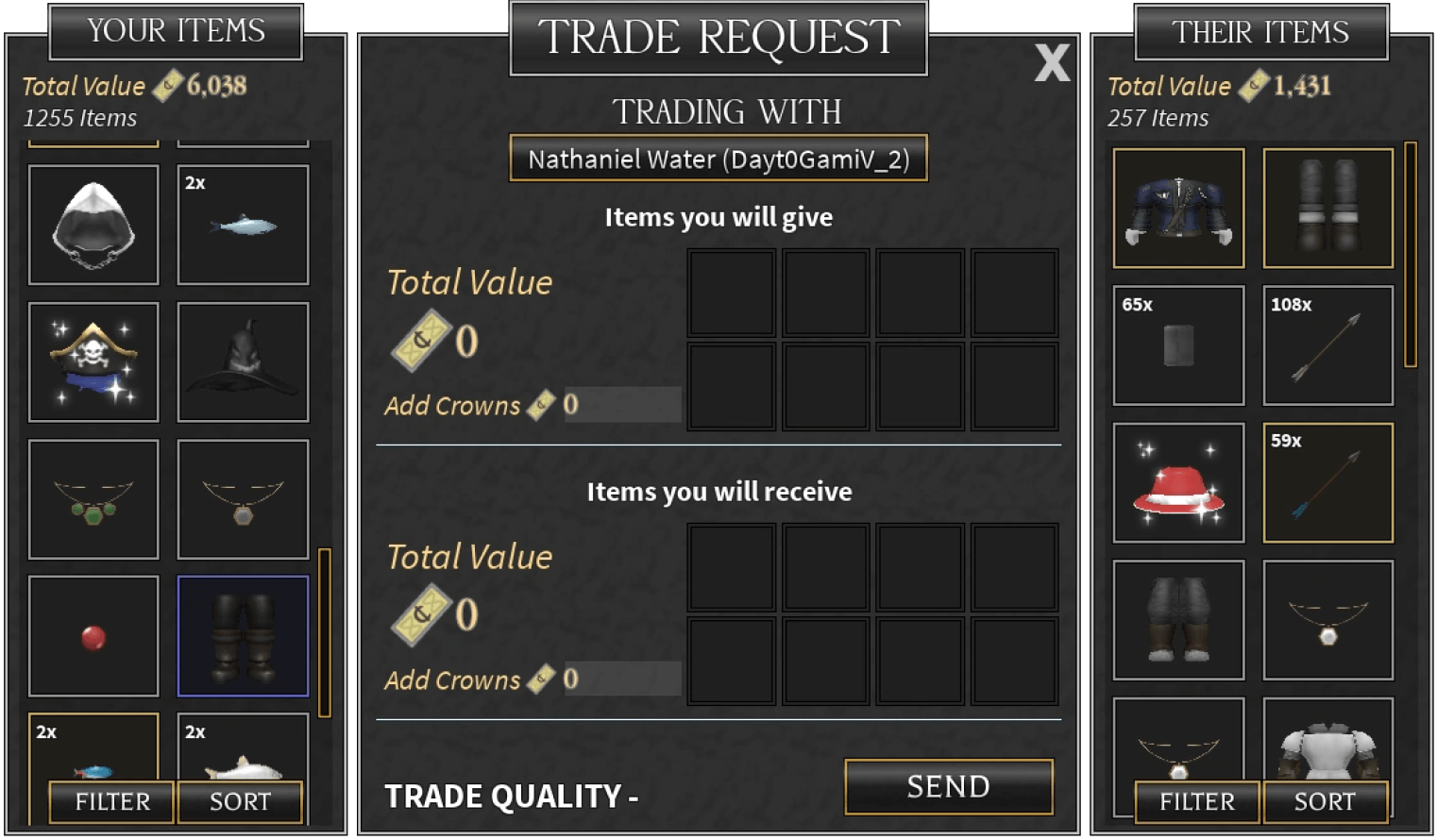
Example of Roblox World resource trading.
Application
Mini games are often good ways to earn money. It’s simple and entertaining, two things that your clients love and enjoy. It is also great because you don’t have to constantly update them or give new content. You can do it once and it will keep the users entertained.
Examples
Love and Pies is a great example of a game where you have to earn virtual currency points and exchange them for something appealing and desirable. It provides the players with a possibility to exchange golden coins to decorate their own bakery, which is also a way to express users’ own individual sense of style.
Best practices
You have to maintain a long-term interest by having a balanced and non-exploitable economy. All exchanges and trades have to be fair and usable.
Avatars and Profile Customization
Explanation
In a world driven by personalization, customization of in-game characters and avatars is a must-have. People want to feel connected to the characters they play, and many seek representation in games, creating characters with their skin tone, facial features, and gender. At the same time, for some people, games are the way to experience a life that doesn’t look like their own through a character that is very different from themselves. Anyway, consider this. While Baldur’s Gate offers 7 exciting origin characters of 2 genders, each with a unique story, 93% of players still opt for a customizable character.
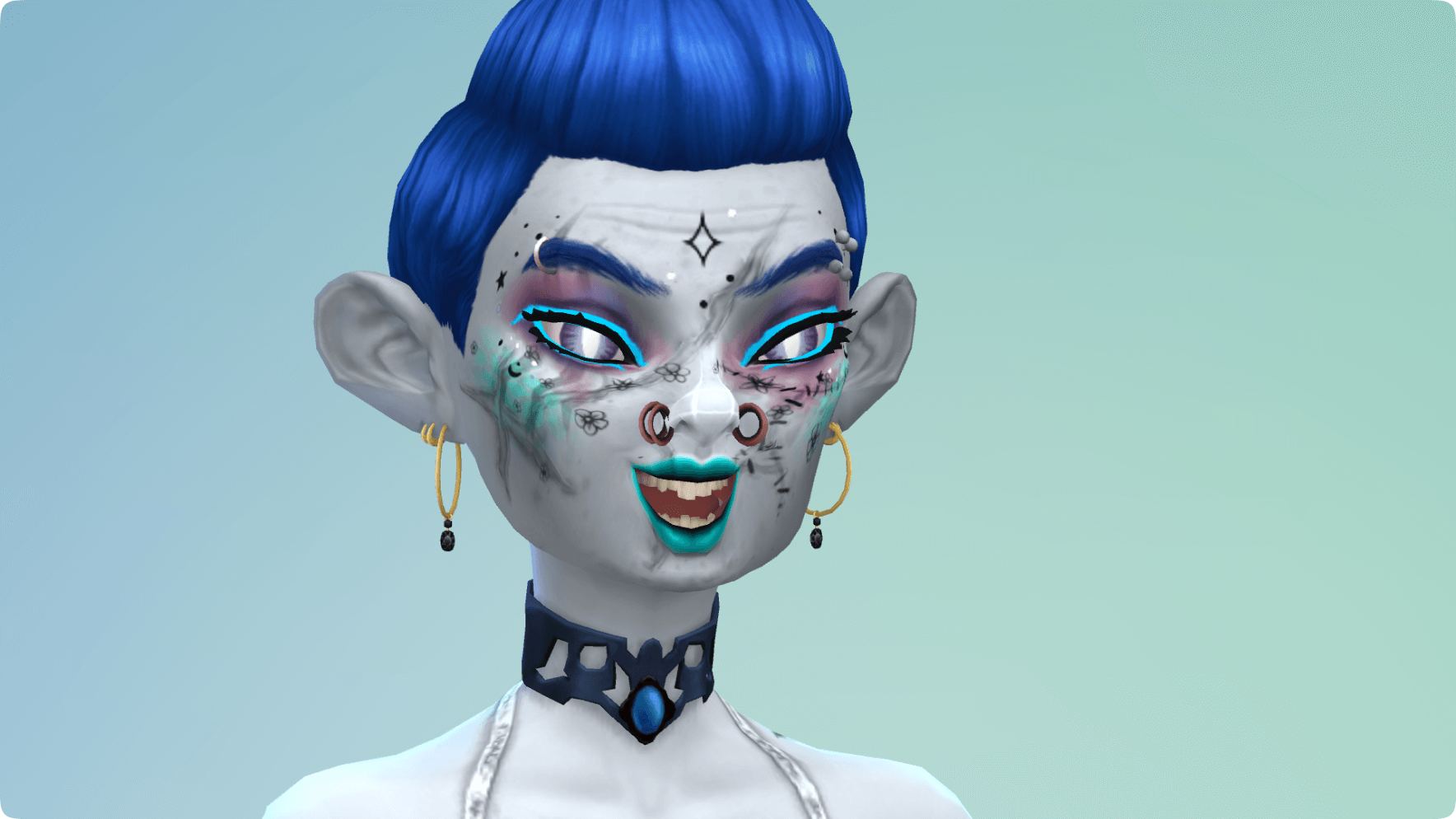
The Sims 4 provides probably one of the most flexible character customizations of all games. You can create a Sim with weird skin tones, pimples, wrinkles, body hair, tattoos, scars, and disproportionate body parts. You can have hearing aids and other medical devices, and the community is eagerly looking forward to having wheelchairs in the game.
Application
Profile customization is widely used outside gaming, from picking themes for your app to avatars to nicknames. People love to emphasize their individuality. Customization can also become a premium feature for a freemium model application.
Examples
All Sims games, Skyrim, Black Desert Online, and Cyberpunk are examples of games with powerful character customization. You can also personalize your profile on apps like Discord, Steam, etc.
Best practices
Customization of characters or profiles heavily depends on your application, and it will impact the performance of your app, along with its size. The more items you offer your users, the greater the risk of something going wrong. Finally, many customization options will cost you additional money or designer work. That’s why our first recommendation is to spend just a little more time on balancing performance, size, cost, and customer satisfaction.
Electronic Arts does it in a smart way. They often offer similarly looking things in different DLCs but with different colours or patterns. This way, the customers have an illusion of a bigger choice, and EA spends less money on design.
Onboarding Process and Tutorials
Explanation
The onboarding process is one of the essential elements of gamification that makes the experience of the customer easier. The first impression in many games is very important, and it may be a key part of whether or not the user will stay on your platform. That is why you have to welcome them with open arms by making an easy and encouraging tutorial. A step-by-step guide that explains exactly how everything in your platform works.
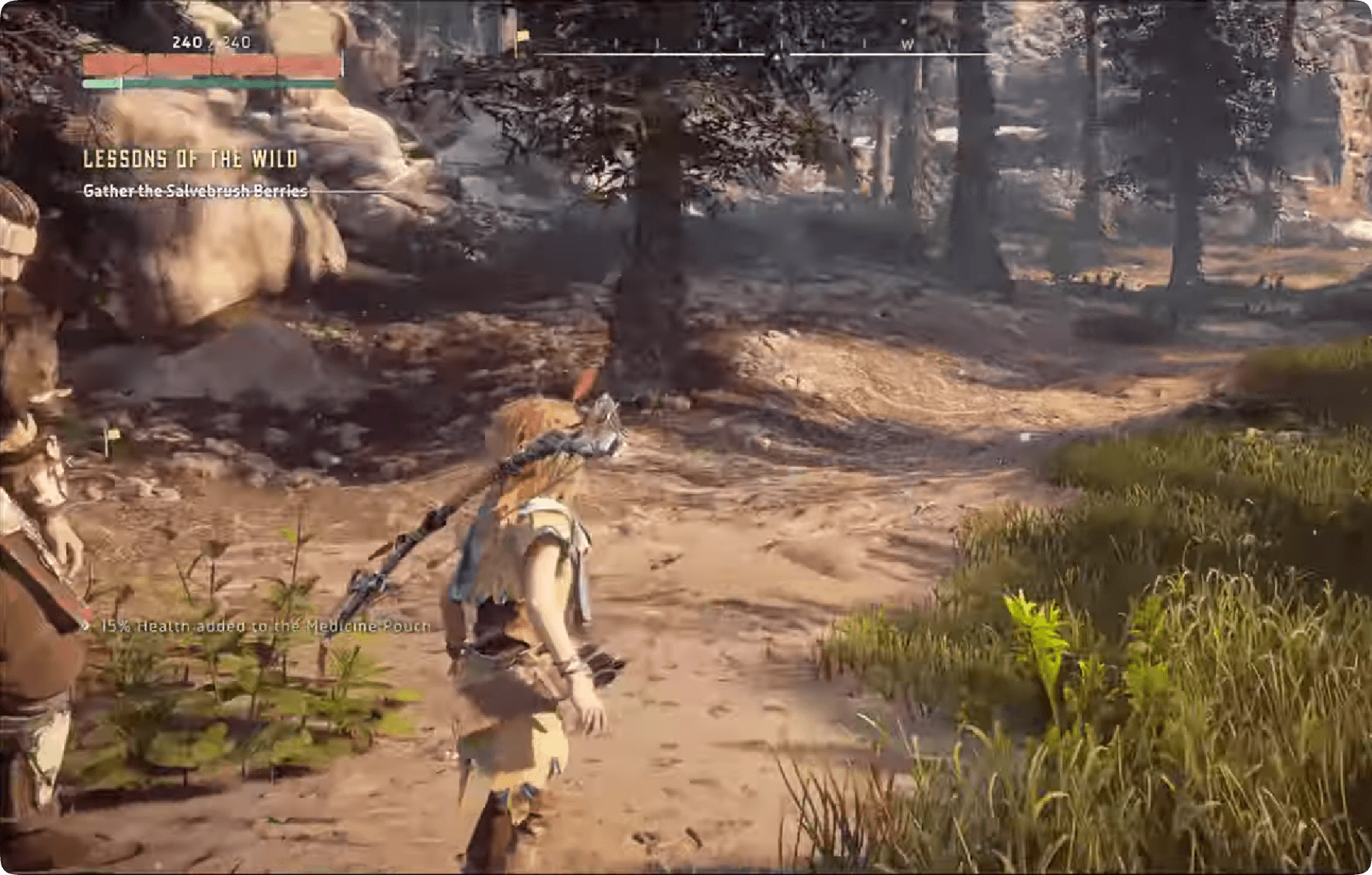
In Horizon Zero Dawn, players’ onboarding begins by playing as the main character in her childhood. Her adoptive father, Rost, teaches little Aloy to gather resources and hunt the machines. It’s a perfect example of a tutorial that feels a natural part of the game and also serves as part of the story as Aloy finds a key object in the game.
Application
When downloading your platform, make sure one of the first challenges the user encounters will be relatively easy and, more importantly, clear on how your platform works. Present this information carefully, and make sure not to overwhelm your client with too many things at once. Make it easy, clear, and fun, and your tutorial is done!
Examples
Many SaaS applications use tutorials when the user only begins their journey or when they roll out a new update. It helps tackle app abandonment and boost adoption rates.
Best practices
Human brain can’t remember a lot of things when they are delivered to it at the same time. That is why you are going to introduce your platform slowly, teaching different mechanics one by one. It is also a good idea to list them again somewhere else, in case the customer didn’t understand it for the first time and needs to hear or read it again.
Core Gamification Mechanics in Action
Gamification Mechanics are an invisible glue that holds your whole game together. It uses different elements of gamification to create a unique gaming experience that attracts new players and keeps the old ones in a replay loop. Some of the best games are played for decades and enjoy a stable community gathered around them.
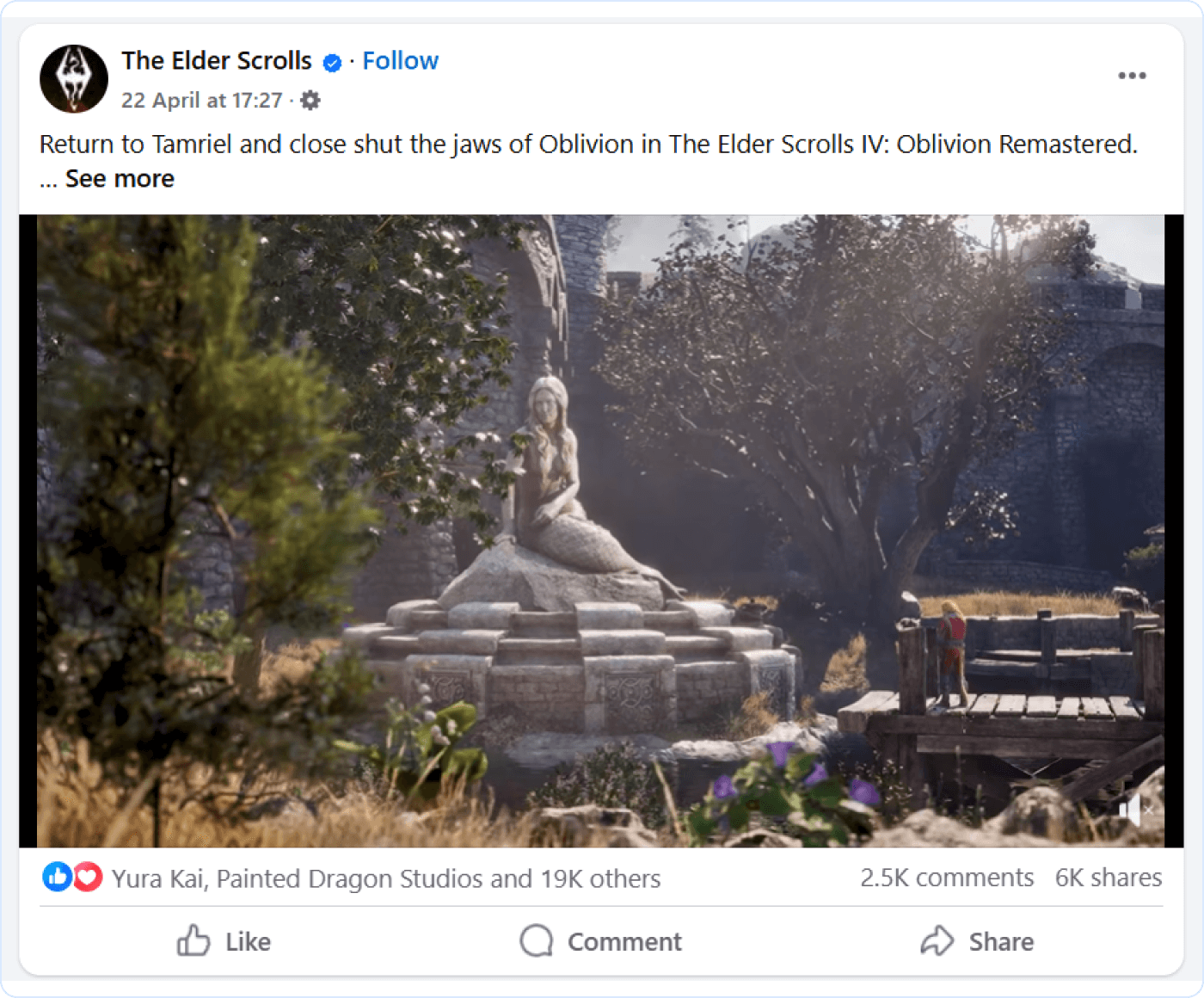
Some companies like Bethesda don’t have to create new games, they can simply remaster their old titles and still be praised by community.
Think of mechanics as the ultimate book that describes how a particular game is played, what’s allowed and what’s not, how players are rewarded or punished, how they progress toward the game’s goal, and how they can interact with the game and each other.
Here’s an example of game mechanics:
- Maximal number of players: 4
- Goal: Complete quests to unravel the mystery of the town
- Competition: players compete against the game.
- Progression: Players move from one district of town to the next one, from one difficulty level to another (low, medium, hard, mind bending). Upon completion of 3 investigations, they unlock the new district. They can always return to any previous district to win energy and influence.
- Quests: players can work together to investigate strange events happening in town. Each investigation costs 120 points of energy and it can give each player up to 10 points in influence and 200 points of energy. Influence is necessary to find clues.
- Customization: players can choose one of 10 avatars.
- Unlockable: Successful investigation of 15 strange events gives you access to the secret location where you can complete side quests
- Social interaction: You can earn additional influence by bringing new friends and then giving them influence once per day.
This is a simplified example that has been written in just 10 minutes from scratch based on the mere knowledge of gaming elements. However, even this simple explanation can give you a surface-level understanding of the game and its rules. The key of successful gamification mechanics is creating a perfect balance that will make the gaming experience for your players challenging and yet exciting.
How Gamification Enhances Engagement in Games & Apps
It sets strict rules for players and promises rewards triggering dopamine pathways in our brain. It makes gaming activity fun, especially because it’s 100% voluntary. That’s why it boosts engagement within games and in non-gaming environments like retail or education. Many marketers use different elements of gamification to increase conversions, raise brand awareness, and motivate retention.
Gamification uses powerful psychological drives within our psyche, including competitiveness and/or prosocial tendencies, sense of accomplishment, necessity to express ourselves, desire to battle boredom, interest and curiosity.
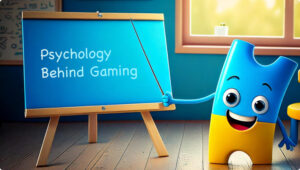
Integrate Gamification Mechanics in Your Business with Winday
One of the best ways to add gamification features in your customer journey is by using no-code marketing gamification platform Winday.
Winday enables marketers to create highly-customizable games without necessity to engage developers, game designers, or game artists. The platform works as a SaaS tool that can integrate to your digital assets. There are 5 pre-made instant games with three winning conditions each and 2 types of tournaments with leaderboard functionality.
Marketers can create games in less than 30 minutes and share them on their company website, social media accounts, messengers, and emails. If you have a brick-and-mortar store, you can share your game there by providing QR codes to your customers and incentivising them to participate in games and even exclusive tournaments.
Check out the use cases of marketing gamification of different types of eCommerce. Winday games already have their own mechanics, all you need is to add prizes as the rewards for winning games. You can also create leaderboards to incentivise people to compete against each other and boost their engagement even more.
Overall, Winday can help you drive conversions and retention to your business by offering unique gamified experience to your potential and existing clients.
Upgrade Marketing Campaigns
Test all functionality for Free. Create, publish branded game and test how it improves your data.
start your free planRate this article
Keep Learning
Custom Marketing Game Development vs Using Winday: Budget and Timeframes
Are you interested to know how marketing games are made and what’s the best way to build your very own game? Check out our guide for insights on game dev roadmap, prices & timeframe.
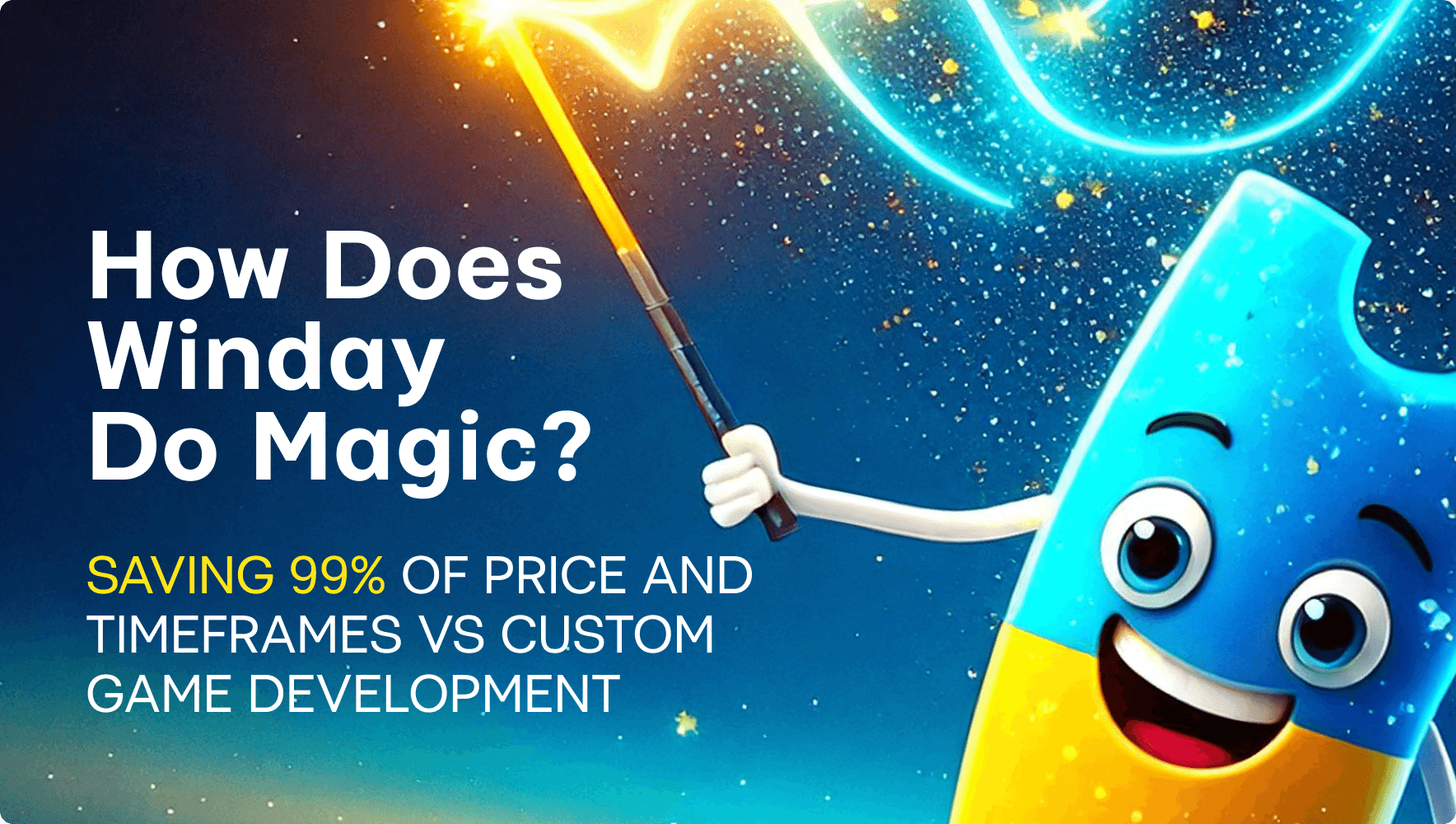
How Gamification Transforms Marketing
Explore how gamification mechanics like points, quizzes, leaderboards, and instant games increase user engagement, improve user retention, and make marketing more precise and efficient.
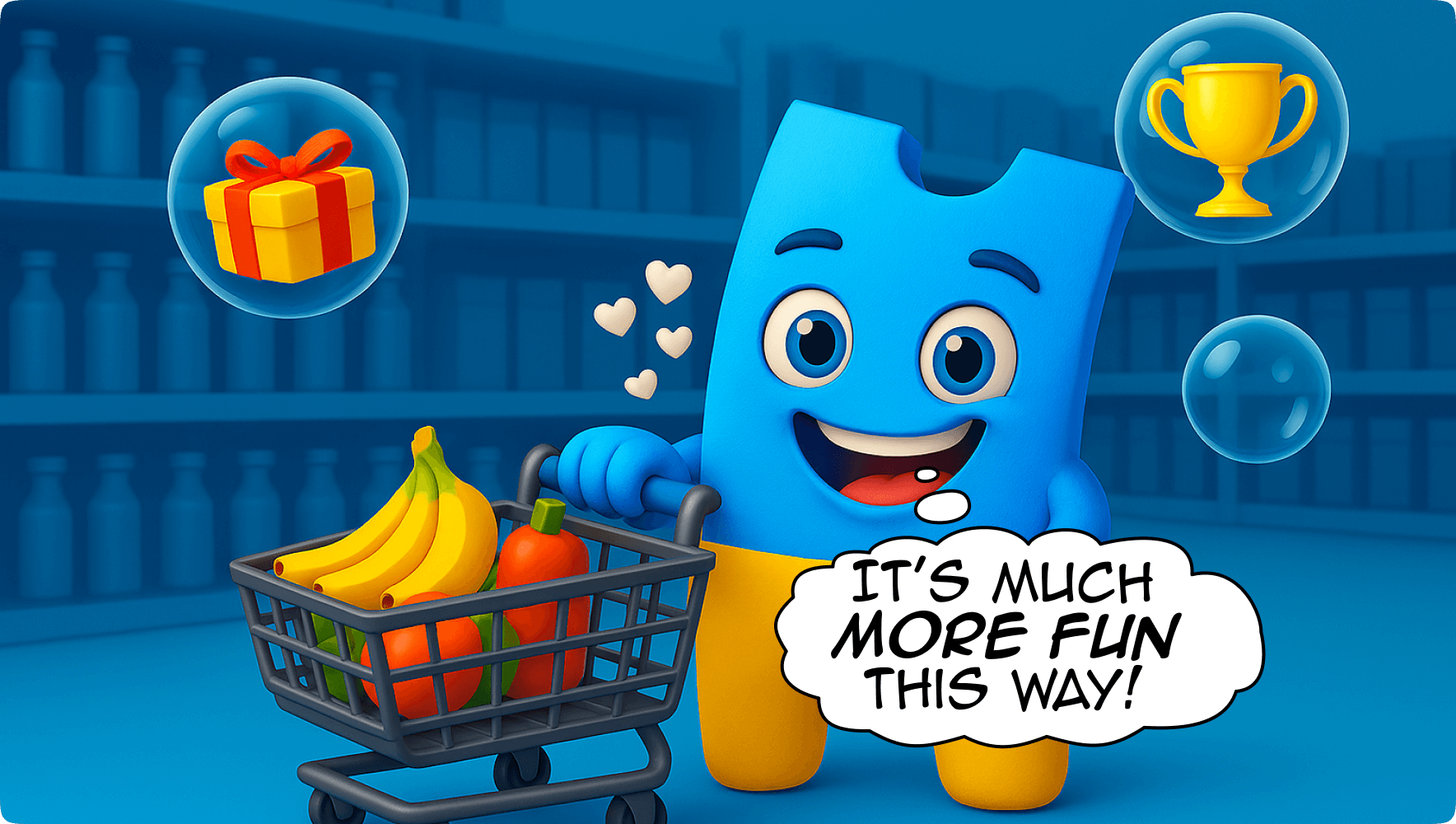
Affiliate Marketing Guide
Check out our guide on Affiliate Marketing. Learn how it can help brands achieve their marketing goals and publishers make most of their digital assets and large following.
